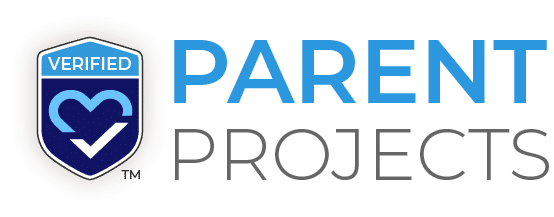The time to start researching senior care facilities, experts recommend, is before you need one.
The choices are numerous, and if you don’t fully understand the differences among your options, you risk making the wrong choice for your loved one.
There are four different types of long-term care facilities, according to the National Institute on Aging:
- Assisted living facilities
- Skilled nursing facilities
- Board and care homes
- Continuing care retirement communities
Home-Based Care
Many elders prefer to remain at home as long as possible. If the elder has enough support from adult children or other friends and relatives to help.
Such as shopping, cleaning, driving and other so-called activities of daily living. If not, they may need to enlist a home care agency or hire an eldercare aide.
Home care is an optional service under Medicaid and Medicare typically doesn’t cover home care at all.
That means paying out of pocket or with a long-term care insurance policy.
Assisted Living Facility
Assisted living facilities, as the name implies, offer some assistance to residents in their activities of daily living.
These facilities are an option for seniors who can still take care of themselves most of the time but could use some help with things like:
- House cleaning
- Household chores
- Laundry/Cooking
- Bathing or Showering
- Medication Management
A typical assisted living facility includes a few support services in its basic agreements, and the resident can then sign up for additional services a la carte at an additional cost.
Many of these facilities are like high-end apartment complexes or housing developments, in that they include common areas like dining rooms, a gym and community rooms and most offer three meals a day for those who don’t want to cook.
An assisted living facility does not offer and cannot provide more intensive medical or daily living care, however for elders who need a higher level of care, a skilled nursing facility is a better option.
Skilled Nursing Facility
A skilled nursing facility offers the same services for daily living that assisted living can provide, but they also have trained and registered nursing staff for:
- Nursing care
- Rehabilitation services such as
- physical
- occupational
- speech therapy
- Aid getting dressed
- in and out of bed Frequent
- daily medical management for chronic conditions
Board and Care Homes
Board and care homes, the National Institute on Aging says, are sometimes known as residential care facilities or group homes.
These are similar to an assisted living facility, but are smaller residences of 20 or fewer who live in private or shared rooms.
These facilities have staff available 24/7 to help with activities of daily living, and they usually include meals, but not skilled nursing or medical care.
Continuing Care Retirement Communities
Continuing care retirement communities, sometimes called life care communities, are “full service” communities that include most or all of the above options all in one location.
For example, first move into an independent housing unit and then transition into assisted living housing when some daily activities become difficult.
Later, when health deteriorates, there is skilled nursing care right next door.
We are all prone to resolving a problem at hand, but not thinking about what could be coming in the future.
Thank you to David Levine and U.S News for this content.
Photo by Jen Theodore on Unsplash
